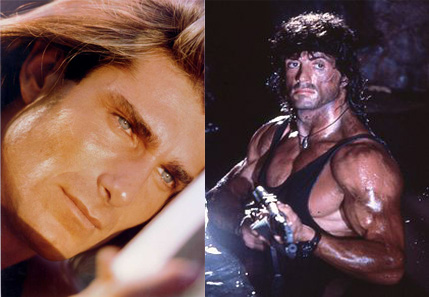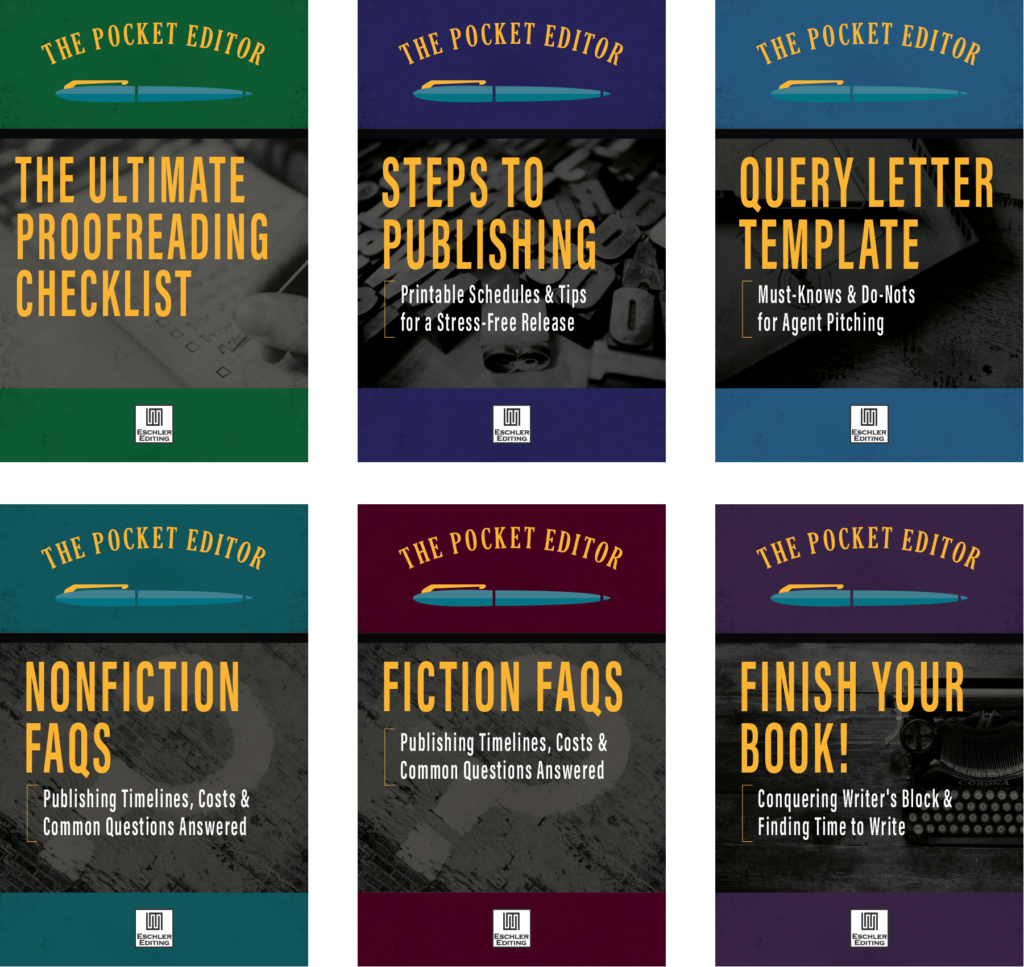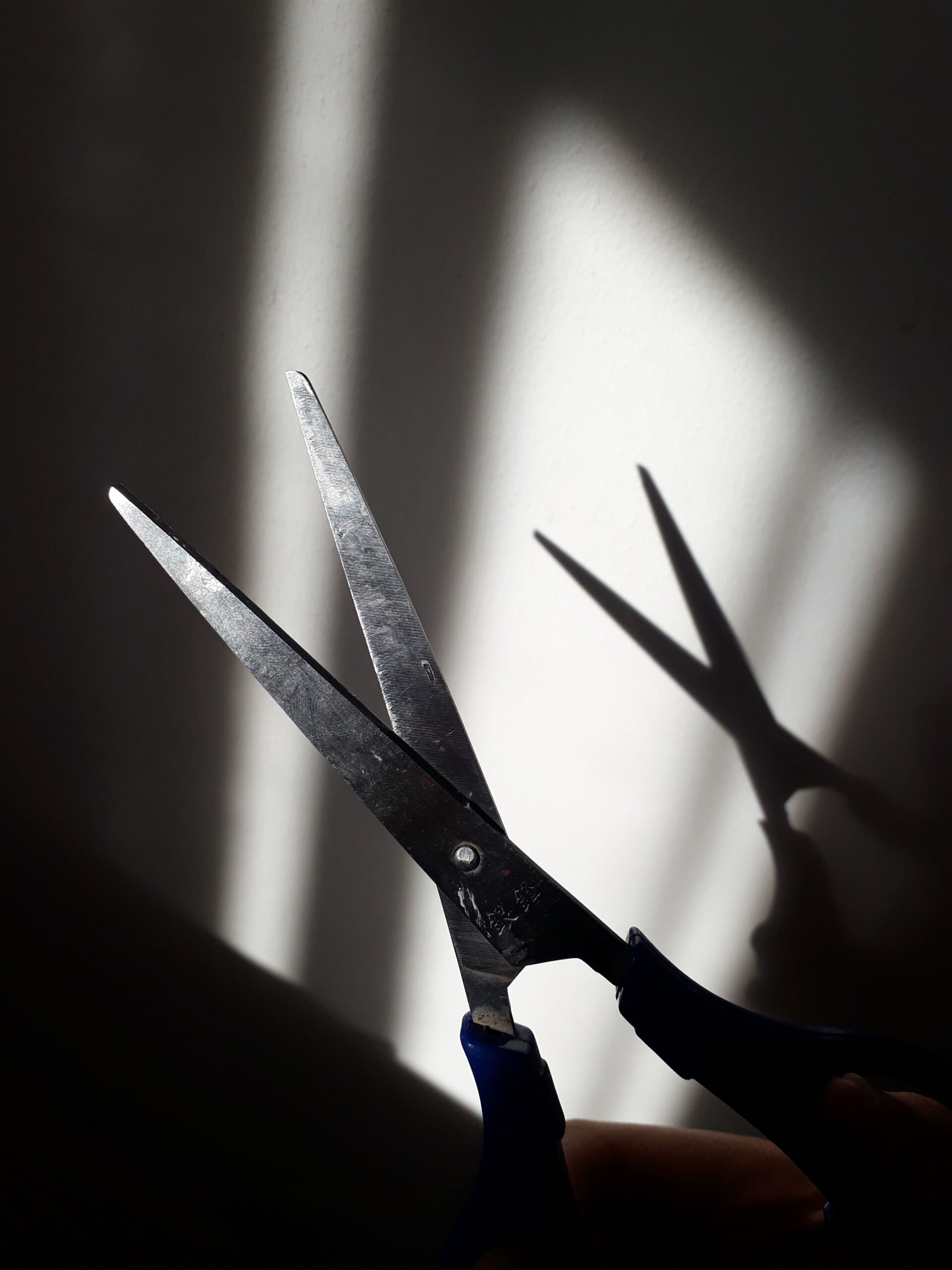by Lindsay Flanagan
The perfect man is only found in fiction. Right? Well, no. The perfect man doesn’t exist, even in fiction. “Perfect” characters are made of cardboard—rigid and flat rather than well-rounded and multi-dimensional. They don’t have flaws and quirks that a reader can grab hold of and relate to or become fascinated with. There is nothing about a cardboard lead that hooks the reader into getting to know him.
The most intriguing characters are fascinating, complicated, and flawed yet compelling (or appalling, if that’s your aim). Heathcliff had a terrible temper, Rochester was moody and unpredictable, and Darcy was haughty and vain. However, these male characters have stayed with readers because of those very traits—traits that made them memorable and that allowed for complexity, since underneath those flaws lay additional traits readers could relate to.
Goals to Aim For
A good male character is one female readers can understand and empathize with, and one male readers can see as believable—and one in whom they can perhaps even see a bit of themselves. Finding the balance is the key: making him cool and “guy” enough so the male readers will like him, but showing his soft and intimate side enough so the female readers will want to get close to him and identify with him.
This is only the beginning of writing a good male character, though. In order to find out who he really is, you need to get inside him—you need to find out what his hopes and fears are, what his likes and dislikes are, what motivates him and what pushes him away. And if you’re a female writer, you have to do this without giving him a female brain. If you’re a male writer, you have to do this without turning your female readers off.
Overall, your male character needs to be everything any good character is: interesting, captivating, and believable. He must have something uniquely human about him that makes your reader want to cheer for him—or, if he’s the bad guy, that makes your reader want to root against him. If he is a romantic character, he should have flaws and blemishes; if he is a suspense character (or a villain), he shouldn’t be brazen all of the time. Show all of his sides throughout your novel; even villains have fears.
How to Find Your Man
All of this might seem overwhelming or difficult, so try the following to wrap your brain around strategies for building your male character:
- Watch him. Find your male character by watching men—how they talk, what their mannerisms are, how they react in certain situations. This last point is essential for female writers. In a situation where you as a female writer may feel that crying is appropriate, it might not be for a male. Of course, watching men in person may make for awkward situations, so I suggest watching them in films or reading novels that feature strong male characters. You can also use your favorite actor or singer as a foundation for a character. Take his base, and then mold him into who you think he is (although, as you’ll usually find with any character, your man will tend to tell you who he is).
- Talk to him. Interview your husband, brother, son, nephew, cousin, friend, or any male acquaintance. Ask him what he thinks about certain scenarios. Put his answers in your scene; do they fit your character? If not, does a combination of answers fit your character? Interview women, too, to see how they would want a male character to act in a given situation. Is what you’ve written realistic or idealistic? Here is where female writers can ensure they have not given a male character traits that are overtly female.
- Ask someone to be him. That sounds a little strange, but ask beta readers to step into your male character’s shoes and be him. Does he react appropriately? Are his motivations and desires believable? What would they change to make him more compelling? Is his behavior expected…or, better yet, unexpected? A character who is predictable is as boring as a cardboard character, so have your male character step outside his comfort zone and surprise himself—and you.
- Get some professional help. Do some research and find credible sources on the true differences between men and women. Here’s an interesting article from the University of Pennsylvania Health System.
The Ordinary Can Be Extraordinary
Writing an intriguing male character doesn’t mean writing the man who is, as a colleague of mine stated, “an amazing lord of all things” (Ballew-Bishop). Another colleague stated that characters who are ordinary—not the best looking or the strongest, either emotionally or physically—who are placed in extraordinary situations are the most compelling (Bradley). Therefore, you should do the unexpected, too. Write your male characters so they stand out, apart from the stereotypical males who are either too perfect in looks and actions or too brash and unsympathetic.
If you’re a woman, and getting your male lead right still sounds a bit daunting, remember this: all of the above-named male characters were written by women. Harry Potter, arguably the most successful series of all time—about a boy in various stages of growing up—was written by a woman. Not only did J. K. Rowling write Harry well, she wrote Severus Snape—who is, in my opinion, one of the most complicated, flawed, and fascinating male hero-villains in literature. Additionally, he was a best friend and could have been a romantic interest.
Homework
- A Good Man is Hard to Find (yes, read Flannery O’Connor, but not necessarily for this exercise). Seek him out in your favorite novels and films. Create bio sheets about him, and pick out the ones that fit your character—or be unexpected and pick out the ones that don’t fit him and see where that takes him.
- Take a Long Drive on the Highway. Taken literally, that might help you sort out your thoughts, but I’m referring to the blog YA Highway . This is a great resource for YA writers, and this post in particular has great advice on writing outside your gender.
- Do the Twist. In this case, if you’re writing a male character who is part of a romance, look at who you’ve written as his best friend. If his BFF is male, what is it about the BFF that makes him compatible to Mr. Romance? I’m not suggesting love triangles here, but what I am suggesting you do is twist your plot and see how it would turn out if the BFF were the object of your heroine’s affection. What traits did you give the BFF and why? What does Mr. Romance have that the BFF does not, and vice versa? This is an exercise that will help you explore complex traits, giving you an understanding of why you have assigned certain ones to your various male characters. It will also help you see which ones are working to ensure Mr. Romance is appealing and believable for both male and female readers.
- Check out this article by New York Times bestselling author Jerry Jenkins on how to create and develop a character from start to finish.
- Also check out this character development worksheet fro Self-Publishing School.
- Talk to me! I want to know—who are your favorite male characters? Why? Which authors do you think cross the gender barrier well in their writing?
 Lindsay Flanagan earned Master of Arts in English and Creative Writing and spent over a decade working in higher education before becoming a freelance editor for Eschler Editing in 2014, where she conducts editorial consultations with authors, provides individual editing services, markets at writing conferences, and assists with social media campaigns. In 2018, sh joined the team at Immortal Works as an in-house editor and member of the acquisitions team.
Lindsay Flanagan earned Master of Arts in English and Creative Writing and spent over a decade working in higher education before becoming a freelance editor for Eschler Editing in 2014, where she conducts editorial consultations with authors, provides individual editing services, markets at writing conferences, and assists with social media campaigns. In 2018, sh joined the team at Immortal Works as an in-house editor and member of the acquisitions team.
YOUR TURN: Do you know someone who is struggling with this topic in his or her writing? Please like and share this article!





I love the bio sheet idea. I have been struggling with three male characters in my book, so I hope this method will help break my procrastination mode!
Good luck, Connie! I think writers are natural procrastinators! I love bio sheets. They are a fun and productive way in exploring who your characters are. It’s fascinating to review them after your novel is finished to see how your characters have grown and changed!
Thanks, Lindsay. I’ve been working on detailed sketches of my five major characters in my current project, and it’s been both productive and illuminating. The three women are proving relatively easy to flesh out, but the two men are more difficult. I’m already doing much of what you’ve suggested here but, WOW, do I love the idea of gathering data from the men in my life to gauge and round out my fictional men. Brilliant! I think this will really make a difference for me.
As far as shout-outs to authors who get realistic men right in their fiction:
– Carson McCullers’ John Singer in The Heart Is a Lonely Hunter. He’s so patient, resigned, and bears all that pain. Her illumination of him is especially impressive given that he doesn’t speak.
-Junot Diaz’ Yunior (recurs in his work). Yunior sucks. He’s a player, a liar, a mujeriego, and thoroughly irresponsible. He’s also brilliant and charming, and has complicated feelings about his actions. He knows he should do the right thing, but just can’t manage it. Irresponsible, womanizing waste of flesh. I’d probably fall for him.
Hi Adrianne! Thanks for your feedback. Good luck with your current project! I hope you find the gathering data bit useful, illuminating, and–at times–amusing! It has been a great way for me to add layers to my male characters in ways I would have never imagined (and as writers, we have pretty big imaginations!). I love your shout-outs! Yunior sounds like a real piece of work–wonderfully awful and complicated, and yes, worthy of swooning over. You’re probably not the only one who’d fall for him!
I love this article. Thanks Lindsay!
Hey, Patricia!
Thanks so much!
Hey, Patricia!Thanks so much!
Hi, Patricia! Thank you so much!